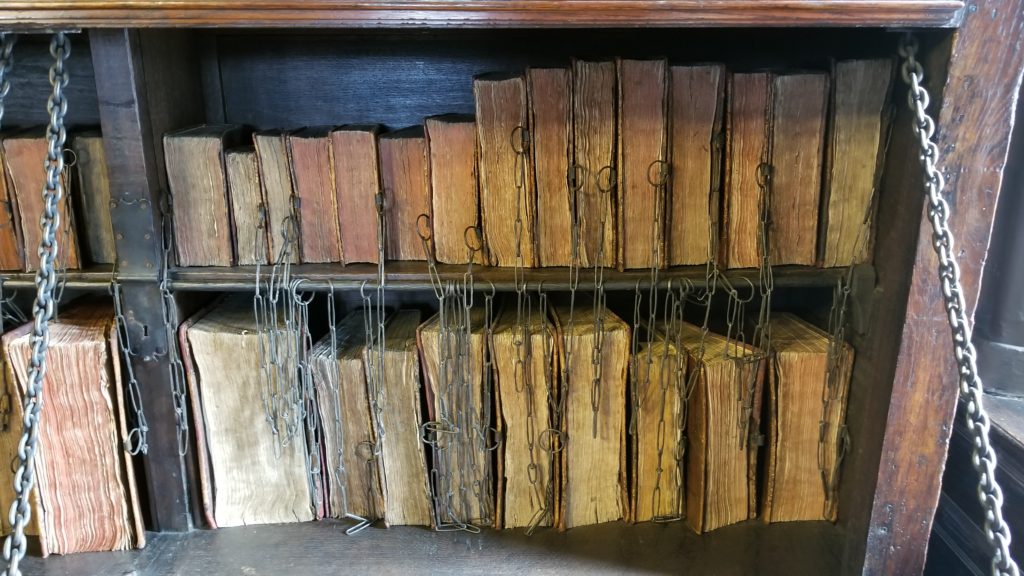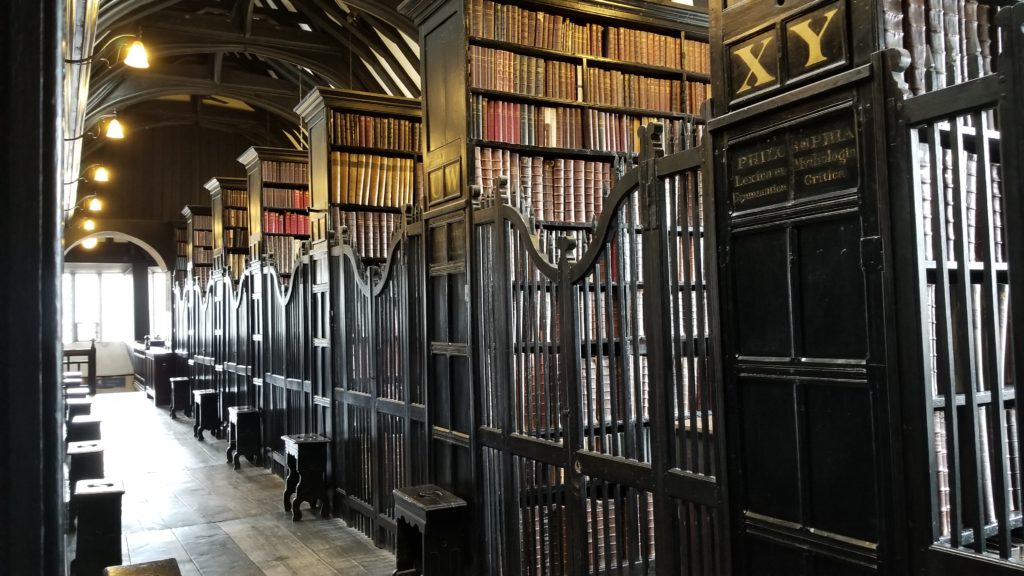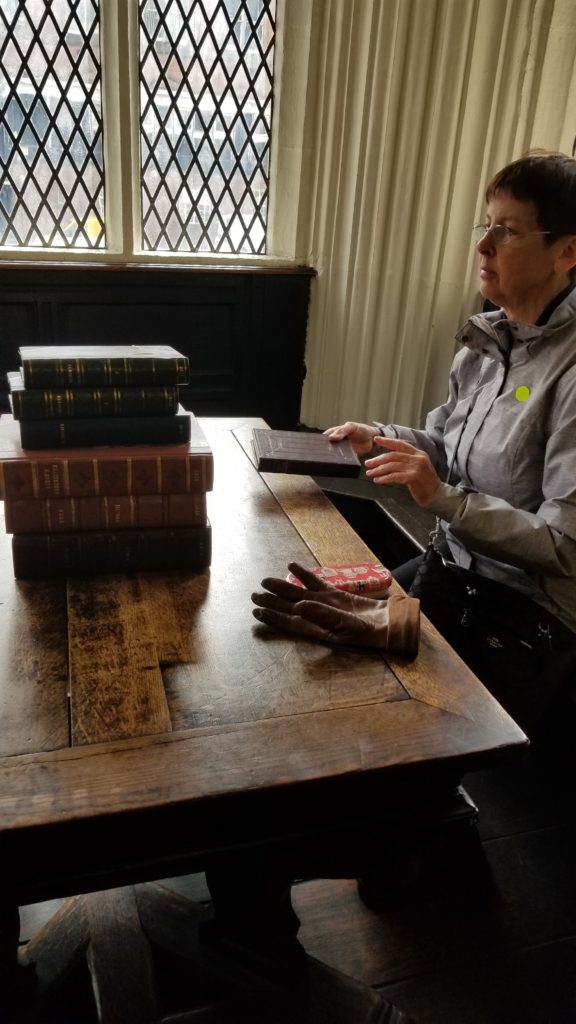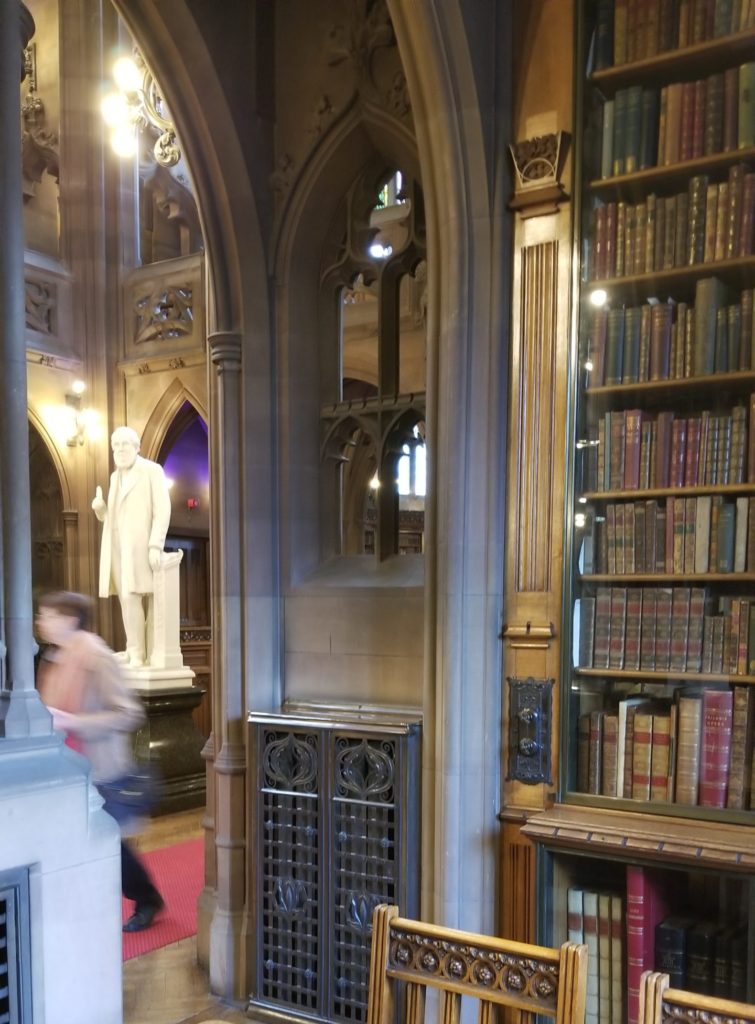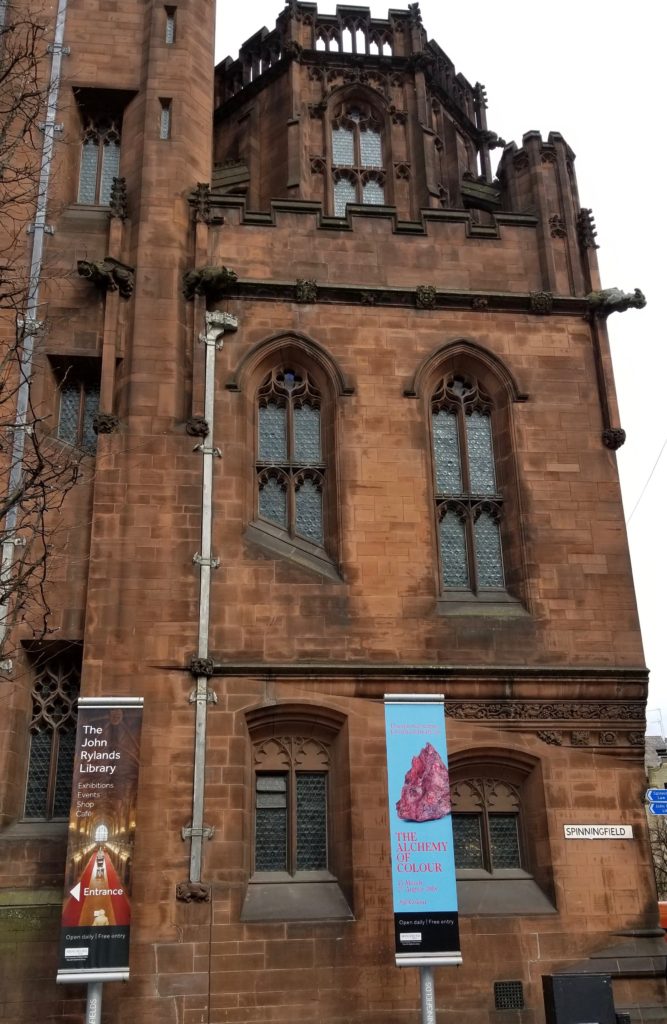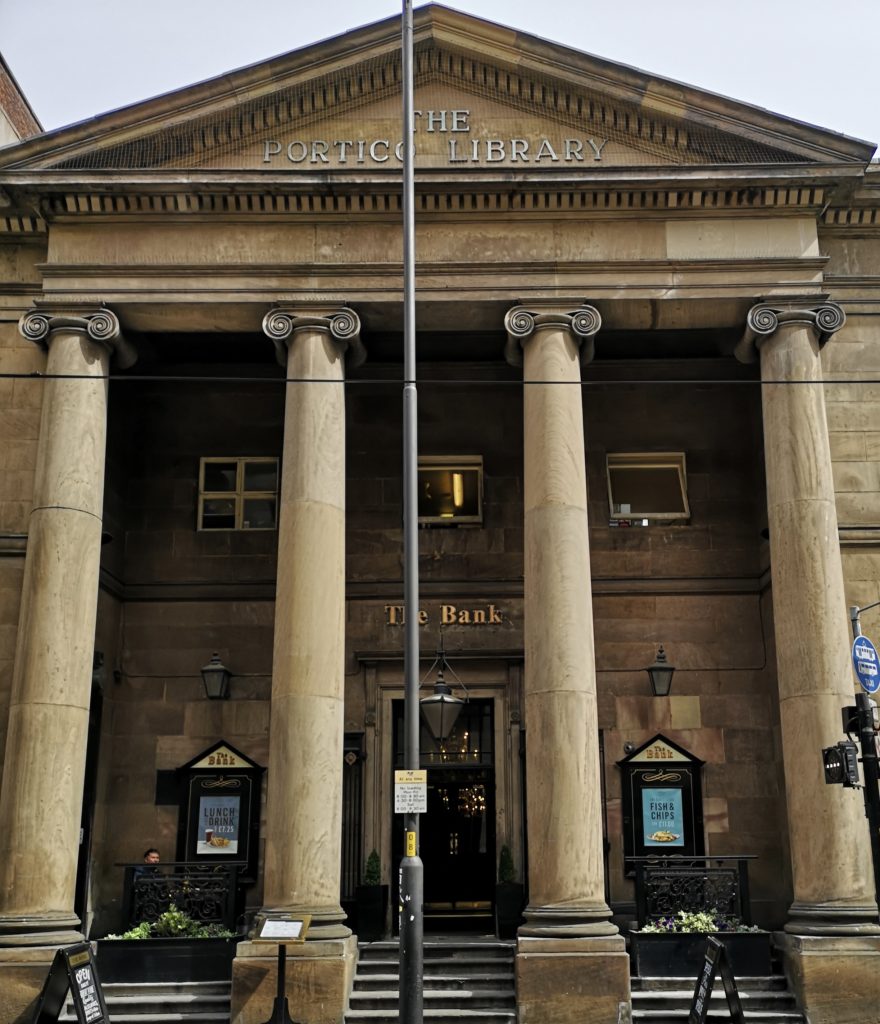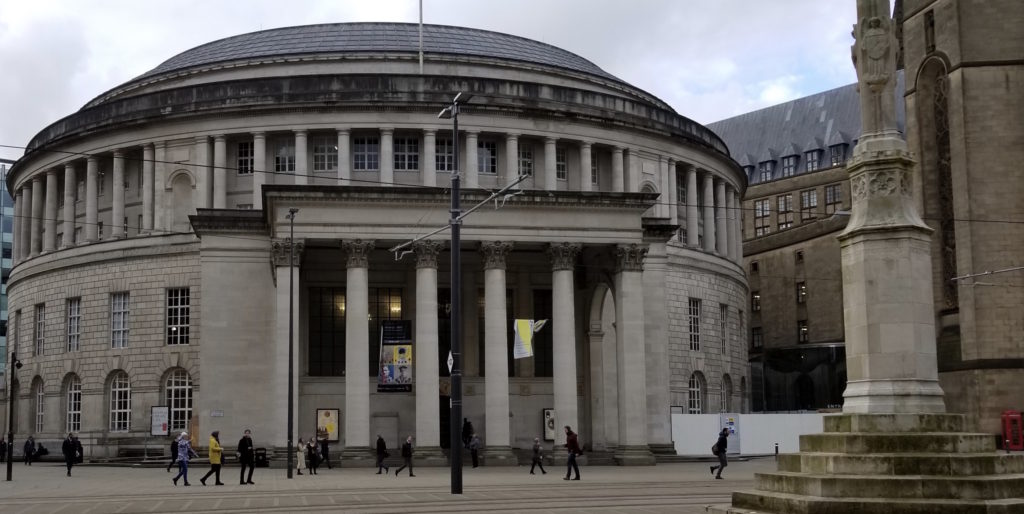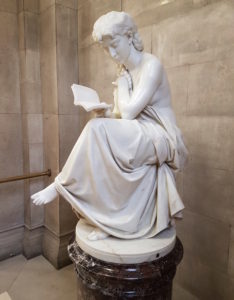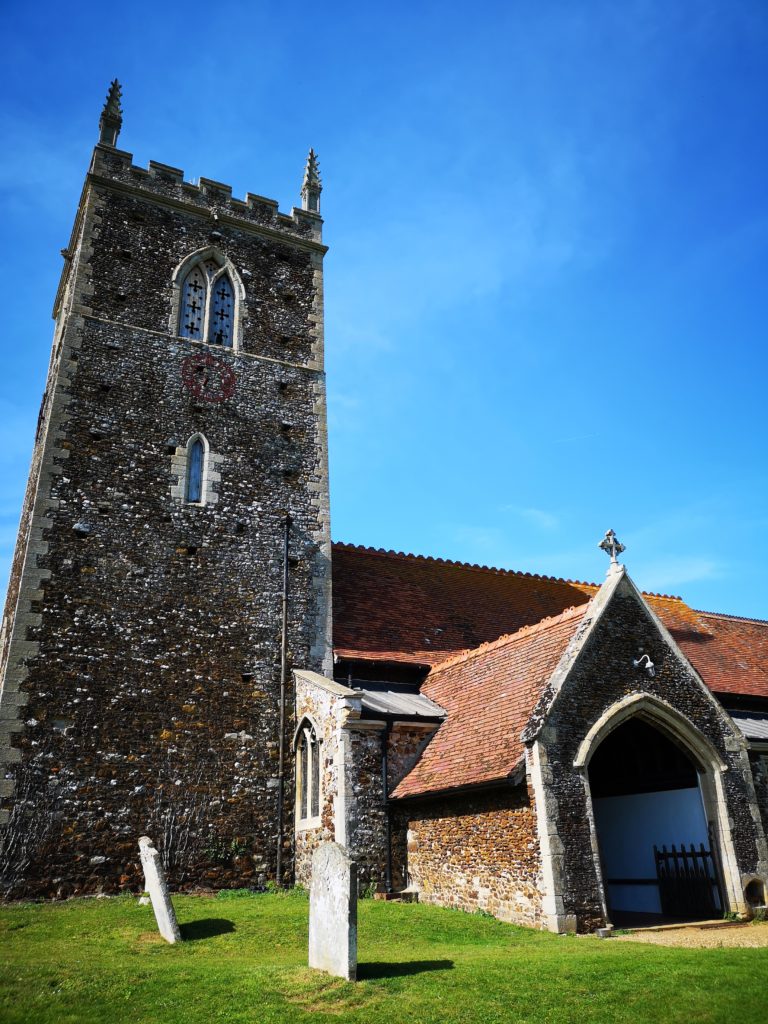
Church of St Peter and St Paul, West Newton, Sandringham
The Church of St Peter and St Paul at West Newton overlooks meadows of grazing sheep. For the estate workers at Sandringham the land was truly a part of their lives, as they listened to the sermons and sang hymns to the accompaniment of the newly restored organ. The windows are wide and if your eyes wander from the rood screen, the stained glass or up to the timbered roof they eventually will rest on the green fields and contented flocks outside.
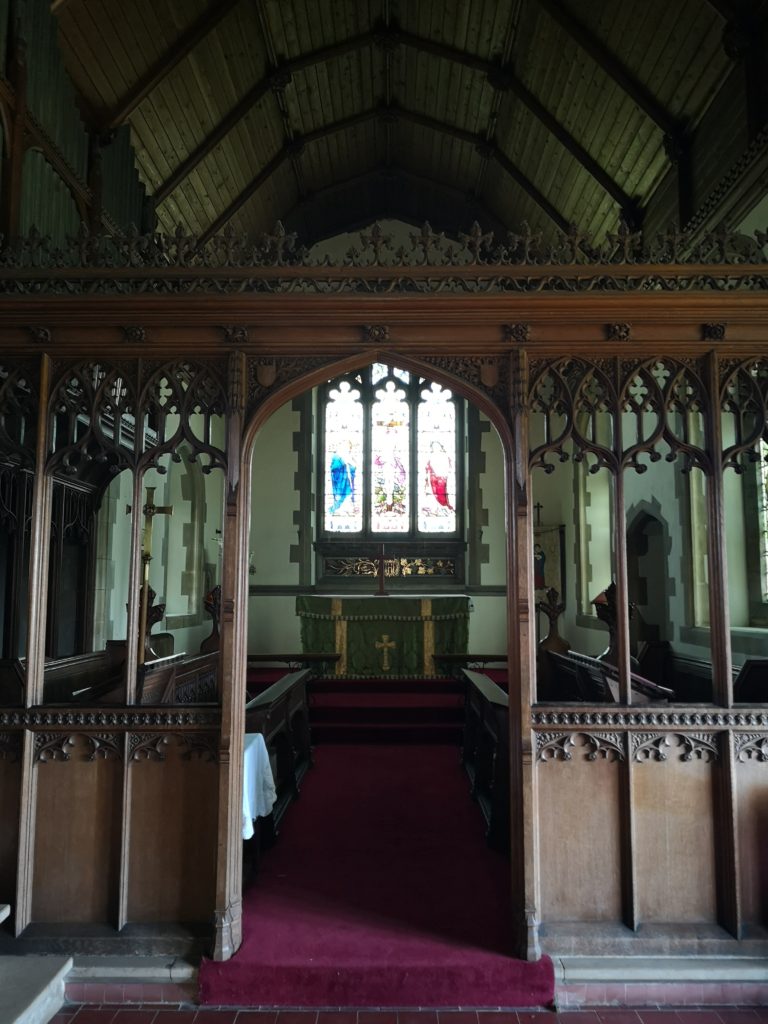
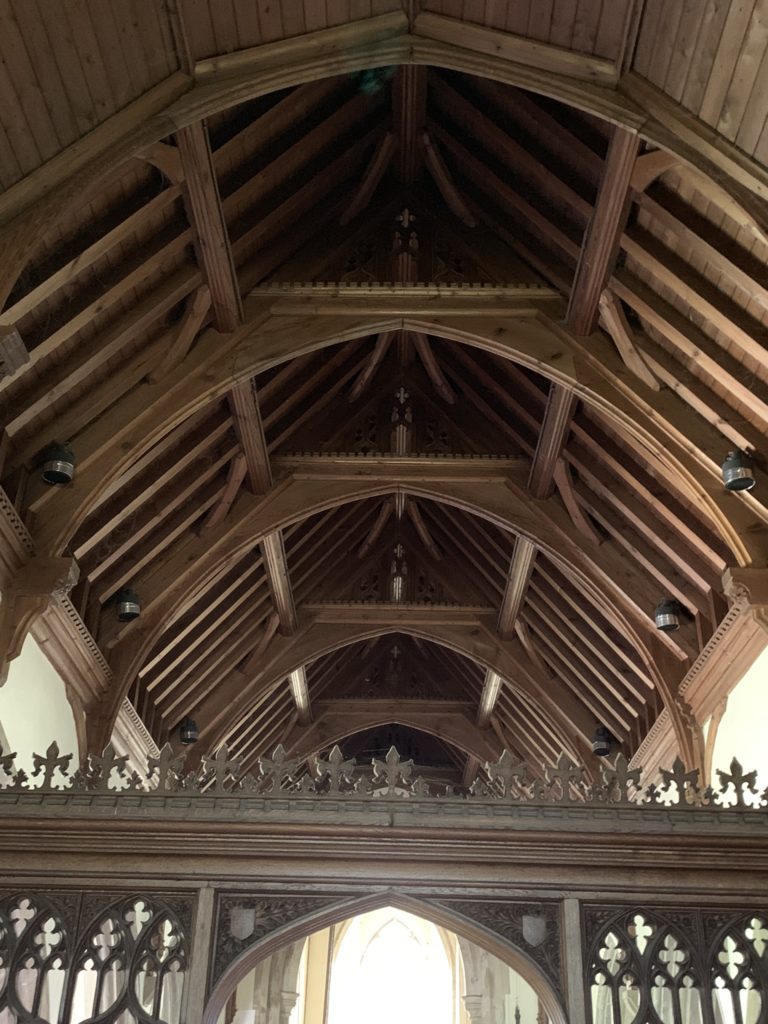
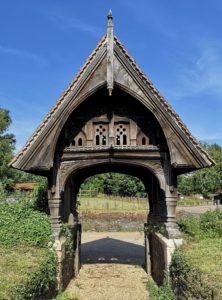
The worshippers have entered the church through a magnificently, well-crafted lych gate. The building has been saved from the wear of time by generous donations from King Edward VII and Queen Alexandra. But it would not be long before the local Pals brigade gave a greater gift for King and country.
Frank Beck, the estate manager, had recruited grooms, gardeners, labourers and household staff to form a volunteer company, E Company. Now in the 5th Battalion, Royal Norfolks, they fought bravely at Suva Bay, Gallipoli on a hot day, 12 August 1915. Captain Beck and his men were not seen again.
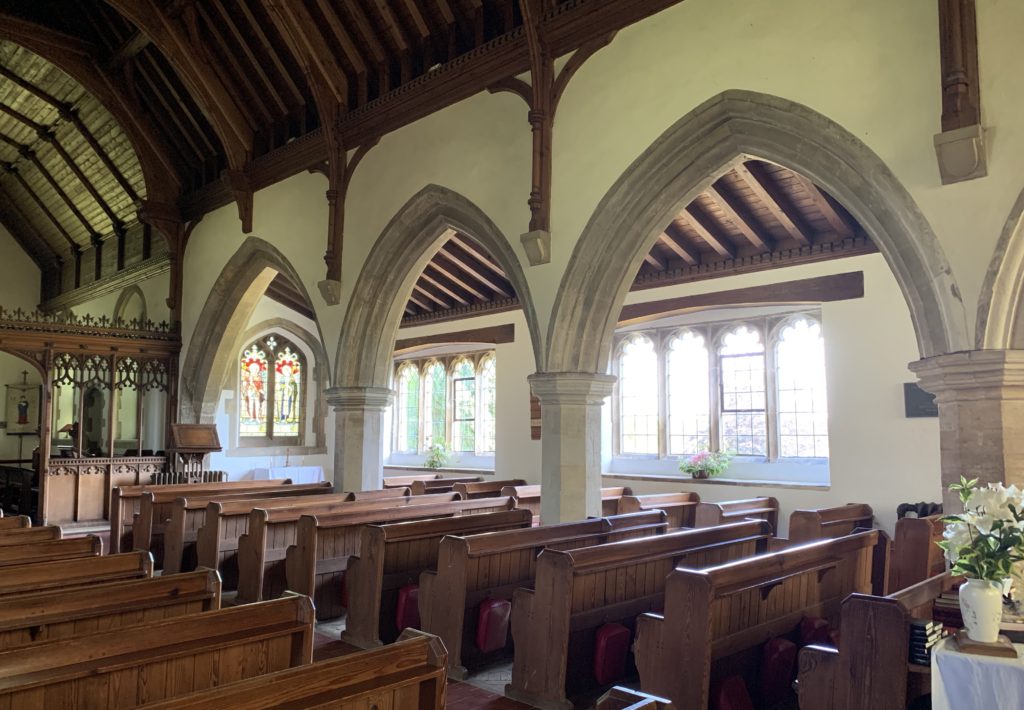
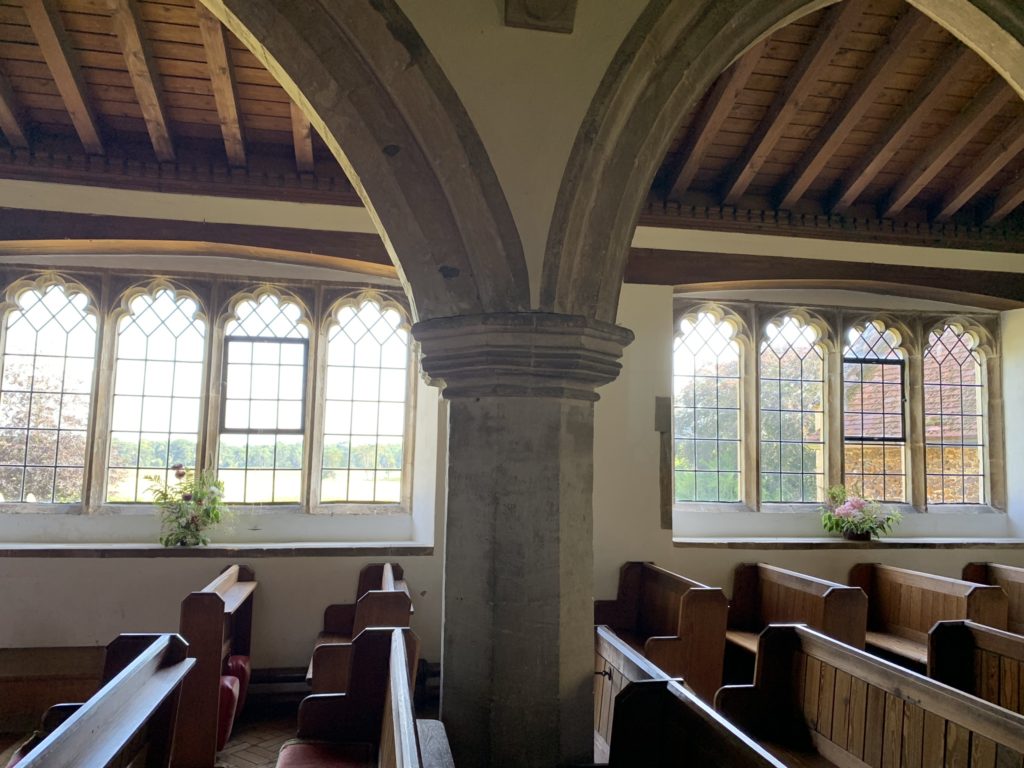
In July, 2019 we were driving through the Sandringham estate admiring the well-kept cottages and the extent of the royal lands of pine forest and rhododendron. As a boy of eleven I had been climbing a tree after our picnic lunch when a sliver of bark split my finger. We drove back to the Jenny Lind Hospital for attention.
On this visit we had been looking at Norfolk churches and came across St Peter and St Paul at West Newton. It was a late July summer’s day, hot enough to enjoy cricket as a player or spectator, or to sit and rest at a weekend as Frank Beck and his men would do in the idyllic days before 1914. Today it was the most perfect of days: quiet, still and warm, butterflies fluttering and insects buzzing. So quiet. We stop at the lych gate and read the names of those who were lost for so long, taken up in a cloud it was believed, but the true story would be revealed in time. Captain Beck’s gold fob watch was found many years later at Gallipoli and returned to his daughter. He and his pals are remembered forever, here in this church and everywhere among us.
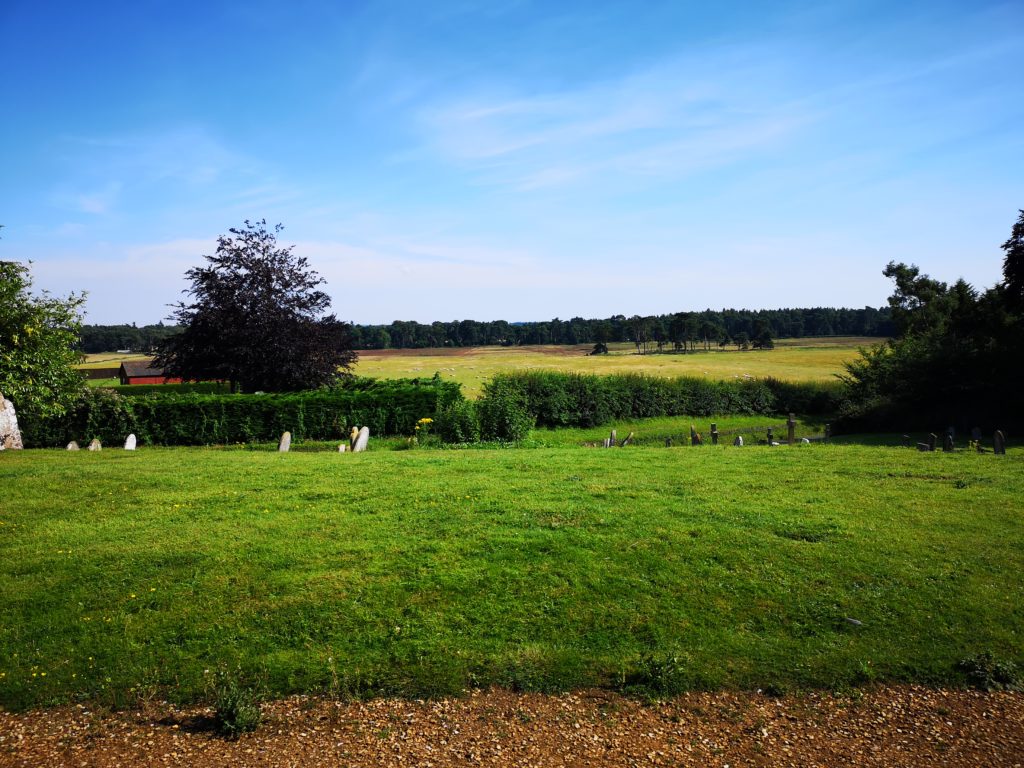
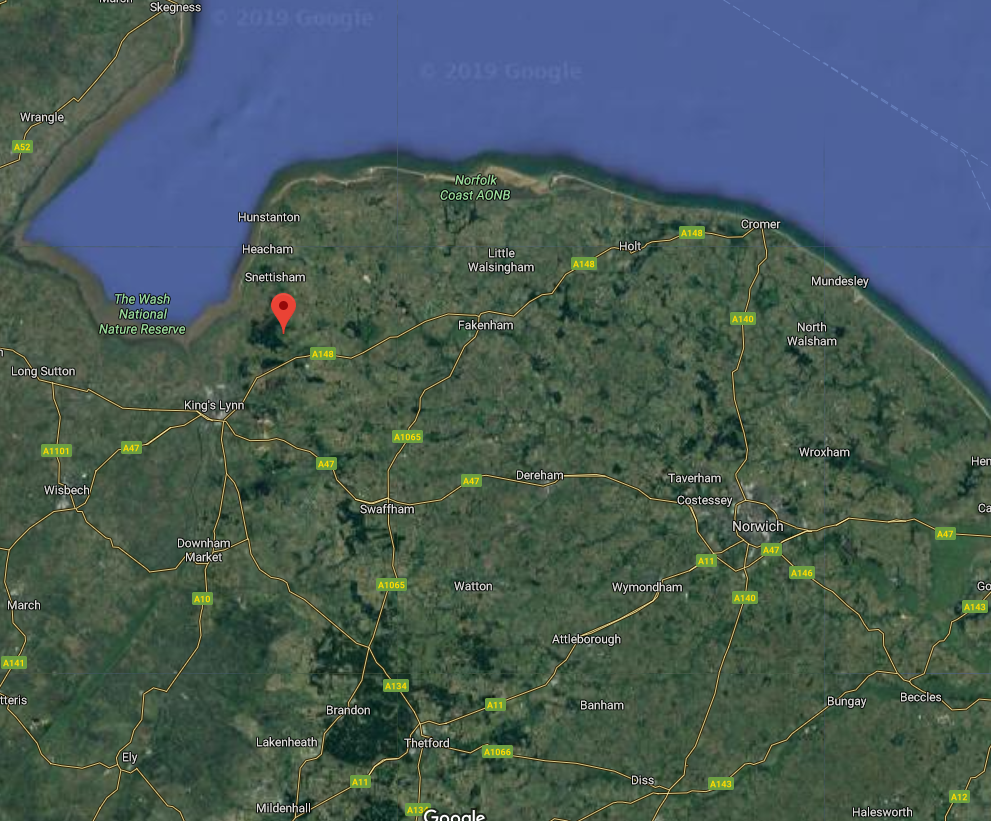
Follow up
All the Kings Men. (Film 1999) David Jason as Captain Beck, Maggie Smith as Queen Alexandra.
https://www.historic-uk.com/HistoryUK/HistoryofEngland/The-Lost-Sandringhams/ viewed 31 Dec 2019

